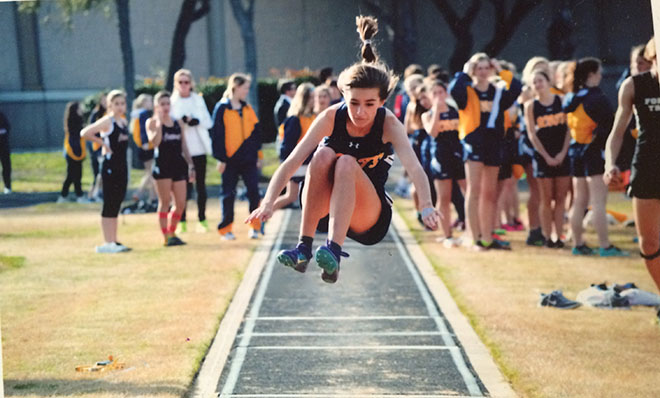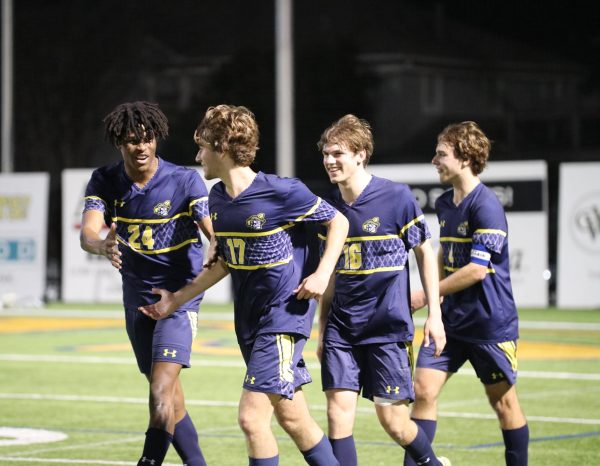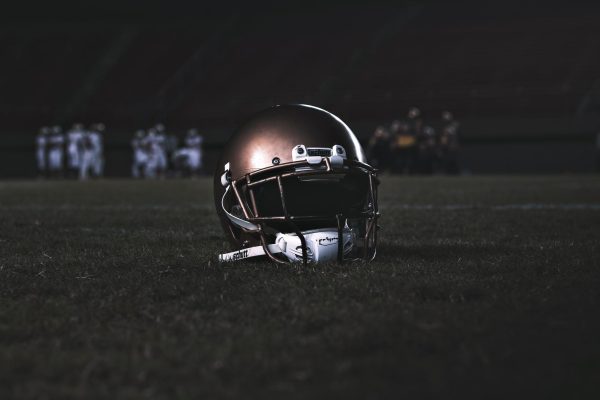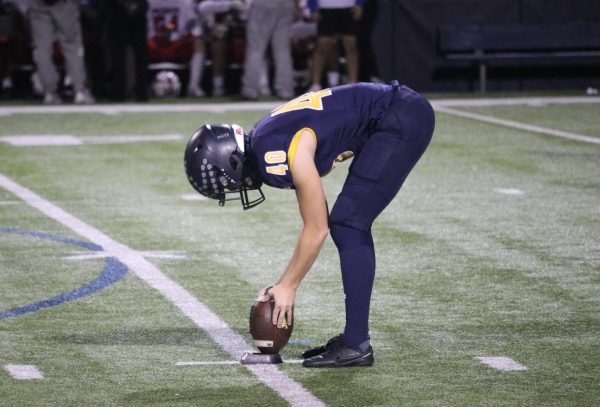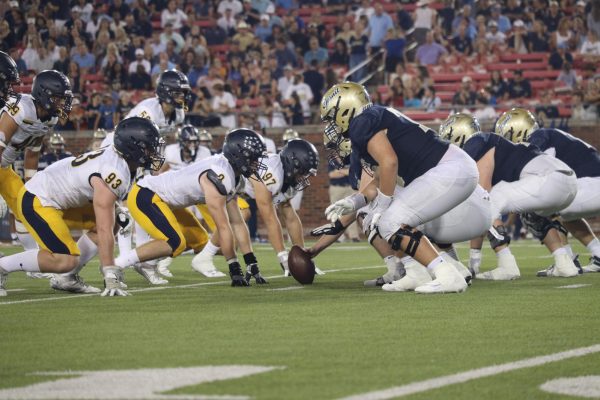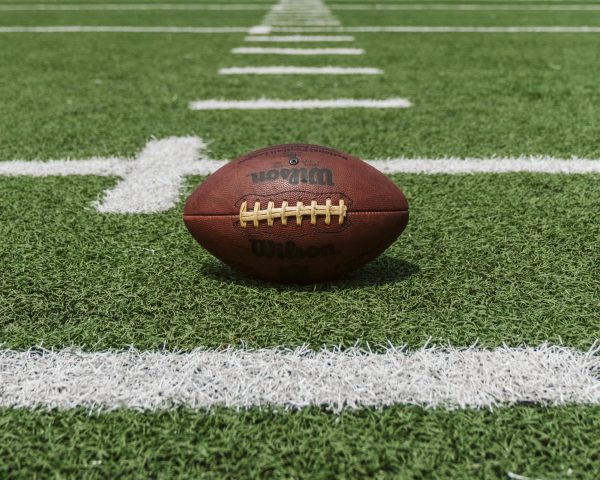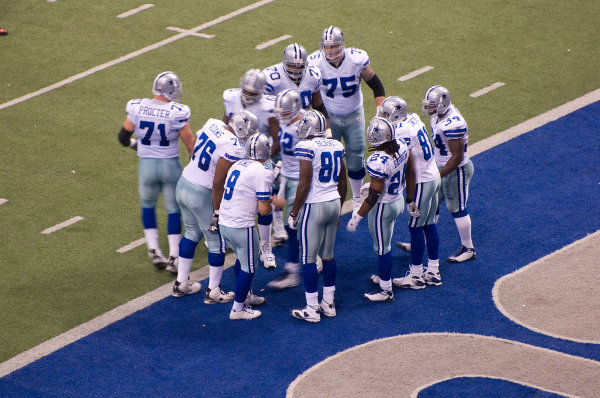It’s not a marathon, it’s a sprint
Track and Field differs from all other sports in that it’s not a single athletic skill being judged but a variety. Students trying out are offered a range of track and field events to choose from to find the one that they are best suited to perform strength-based activities like discus and shot-put, to speed-oriented activities such as hurdles and sprints.
Students rushed home from their eighth period classes to quickly change before speeding over to Coffee Park to make the four o’clock tryout start. Attendance on the first tryout day, Monday, was required for all students wanting to be on the team to participate in the long-standing jump tryout. All other events, outside of Friday’s mandatory six hundred meter sprint, were divided between Tuesday and Thursday. Tuesday’s schedule consisted of the one hundred meter dash, long jump, triple jump and pole vault. Wednesday was left open to allow students to get a break, and rest for the next half of tryouts. The following day, hurdles and the high jump were evaluated. To end the week, Friday held the shot put, discus and six hundred meter dash trials. Because of the varying nature between most of the events, each activity incorporated it’s own process and criteria.
“I do the long jump, triple jump and pole vault. For the long and triple jump, I had to do a few running jumps and standing triples while the coaches recorded my distances. For the pole vault, I had to do a backwards somersault into a handstand, then stand on a stepping stool and ride the pole into the padded pit. Surprisingly, the hardest part of tryouts wasn’t the events themselves, but the core work I had to do on the side,” junior Edie Terrell said.
Although the coaches evaluate specific skills, they looked at participants’ basic physical strength and speed as well. This explained the requirement for the long-standing jump and the six hundred meter race.
Tryouts were about both competition and camaraderie. Although athletes are competing against each other for spots on the team, tryouts are also for students to meet and get to know the people they could be spending every Saturday morning and weekday afternoon with for the immediate future.
“The tryouts are a lot harder than the actual season. I think the coaches do this to make sure everyone on the team really wants to be there and is willing to work hard. More into the season, the team becomes like a big family after spending so much time together. The new friendships you make during the season that continue through the year are probably the best part about being on the team,” sophomore Elise Sugg said.
Although the Track and Field tryouts are not known as a particularly easy exploit, any past or present member of the team will say it is worth the work for the fellowship that comes along with it. Members of the team have already begun to make an impression for the 2015-16 season such as senior Hope McLaughlin and juniors Sophie Schmitt, Hannah Booe and Falyn Reaugh. These athletes, guided by the coaching of Ms. [Susan] Bailey and Mr. [Chad] Coffey, are sure to make an appearance at the state meet this coming year.



